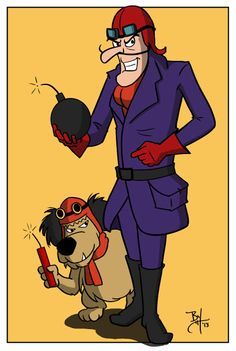'Ere's a continuation of the spot welding electrode fiasco.
Just once I'd like to pay through the nose and end up with an effing product that fits where it should!
What a ball ache - these electrodes are not cheap - but sending them back is hardly the solution because nobody seems to know what size they are meant to be...
...so wood is good - it just about dug me out of the hole anyway.
###########
This is not a method I recommend -
not a method I recommend at all - it is barely better than going bareback / free style on one of those flimsy tool rests supplied with a bench grinder.
###########
So anyway, back in the day, I heard of people (like me who don't have a lathe) using cross slides and bench grinders to do some rudimentary turning...
...yep we're back to "Galaxy Quest" and the rudimentary lathe scene again...
...so still working to the ethos of - use some wood - abuse the wood - chuck the wood away when you're done and don't clutter up your life with crap =>
View attachment 128761
Making up a sliding mechanism
Just using a little hand held saw to make the angled edges - could have done better with the bigger stuff I own but hey that would have had to involve an extension lead (!)
View attachment 128762
Clamp - screw - slide
View attachment 128763
Drilled hole in wood smaller than electrode then then cut wood in half along the line shown
View attachment 128764
Padded "holder" (and I use the term "holder" as loosely as the holder was holding the electrode!) to the required height for the bench grinder
View attachment 128765
##########
Time for a rant about single phase bench grinders: They are utter utter utter utter utter utter utter utter utter utter utter utter utter utter utter utter utter utter utter utter utter utter utter utter utter utter utter utter utter utter utter utter utter utter utter utter utter utter utter utter utter utter utter utter utter utter utter utter utter utter utter utter utter utter utter utter utter utter utter utter utter utter utter utter utter utter utter utter utter utter utter utter utter utter utter utter utter utter utter utter 'king ****. They shouldn't really be allowed to be sold as a grinder. The piece of junk shown in these pictures is barely able to sharpen TIG electrodes and the ones I'm currently using are only 1.6mm thick.
You can imagine how well this bench grinder managed with a lump of copper.
The only reason why I chose this bench grinder is because it had the white grinding stone on it that had not been used for any other purpose and I think that coloured stone is meant to be used on non feros materials (don't quote me on it)
##########
View attachment 128766
...anyway it kind of managed to help a bit...
View attachment 128767
Bit of hand sanding and a slight tap with the hammer =>
View attachment 128768
The bent electrode was being a ham shanker (as was to be expected) but the "holder" kind of prevented any nasty slips
View attachment 128769
And now at last I've got what I thought I was going to get when I paid shed loads of cash for the electrodes earlier this year.
View attachment 128770
It works - roll on the Birmabright spot welding work!



